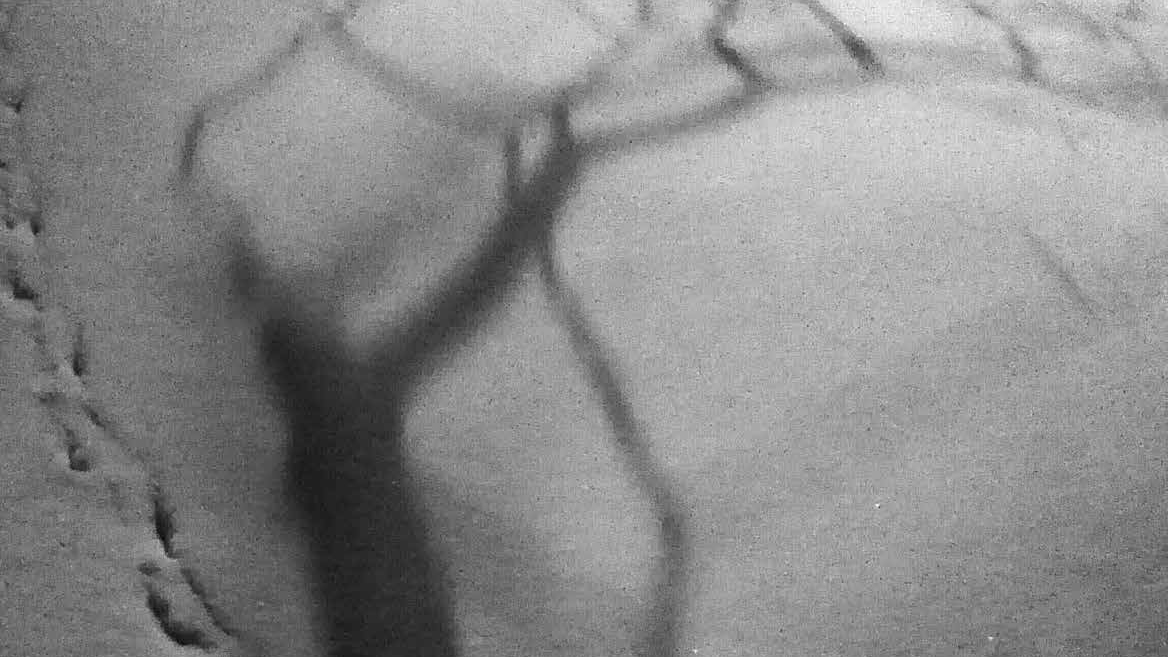At the turn of the 1800-1900s, there were still a lot of witches operating in various parts of Finland, and people consulted them over most diverse matters. The people’s view of the witches was divided; on one hand they were revered and feared, on the other their activities were frowned upon. Many papers published writings describing and criticising witchcraft. One of the most famous witches in the Lemi area was called Molo. This story, based on a report by Court Clerk Laurén, describes an encounter with him.
In my capacity of municipal court clerk, I had been concerned over the superstition prevalent in the villages for some time. Too many still seemed to believe in supernatural forces and rely on the help of shamans, sorcerers and witches. Any manner of pains and afflictions vanished when they cast their spells. Stolen property and lost cattle turned up in the human world as if by magic. Affairs of the heart were given a new boost, and a few decent curses on bothersome neighbours or relatives never went amiss.
I penned cautionary pieces on the subjects to newspapers, but they had no effect. In Lemi, there were several witches on the loose, minor and obscure, with a few great and renowned, even feared. One of the worst was Molo, a strange kind of a chap, who healed the sick in the graveyard and cast his vile spells by burning bones of the dead or scattering them here and there.
Then on one occasion, just a week before Christmas, I was on my way home to Palola from the villages at a late hour, when I spotted a woman out in the dark and hard frost on the Matara hill. I enquired the reason for her being up so late, whereupon the mistress told me that there was a very sick man in the house at the time, and Molo attending to him. They were about to set off on a healing trip to the cemetery.
I blasted off a few curses in my head, but said nothing to the woman. I flashed a wry smile with my good-night wishes at that ignorant, frost-bitten face and went on my way. But around the corner I jumped off the driver’s seat, tied the reins to the back of the sledge, and let the horse trot home on his own.
The soft snow squeaked under my leather boots as I made my way to the cemetery. I stopped to wait for the party in the sacristy anteroom, whence I had a direct sight line to the cemetery gate. The frost was already pinching at my mitten-clad fingers and I drew my white sheepskin coat tighter around me, when two figures approached, one supporting the other, bent over and bandy legs staggering from side to side. The steam rose from both mouths into the dark night. They seemed to be full of purpose and soon turned to one side from the gate, towards the spot where I knew there was a recent grave.
Staying in my hiding place, I slammed my fist forcefully against the sacristy wall a couple of times. The travellers stopped. One, presumably Molo, turned to look my way with his fur hat swaying, spat out, muttered something and drew three diagonal crosses in the snow with the toe of his boot. I thumped the wall again with my fist, whereupon the witch repeated his ruse and began to drag the man in his grip forward. At that, I rushed out of my hiding place emitting terrible roars and waving my arms, and ran towards the men. Both Molo and the deadly-sick man took off and vanished from the place with surprising speed.
I jogged after them for a moment, but then left off. Maybe it is best that, from here on, Molo and the poor man will spread the tale of the creature they met in the graveyard, which they believed to be Beelzebub himself, judging by their shrieks.
Text: Pekka Vartiainen
Picture: Anu Nuutinen
Translation: Annira Silver
Location on map
The story and the picture are a part of Tarinajoki book (River of Stories), made in Rural Explorer project. As part of a culture tourism project, stories arising from the body of folk narratives and history also have a function in relation to the productisation of tourism. The stories are linked to real locations.
